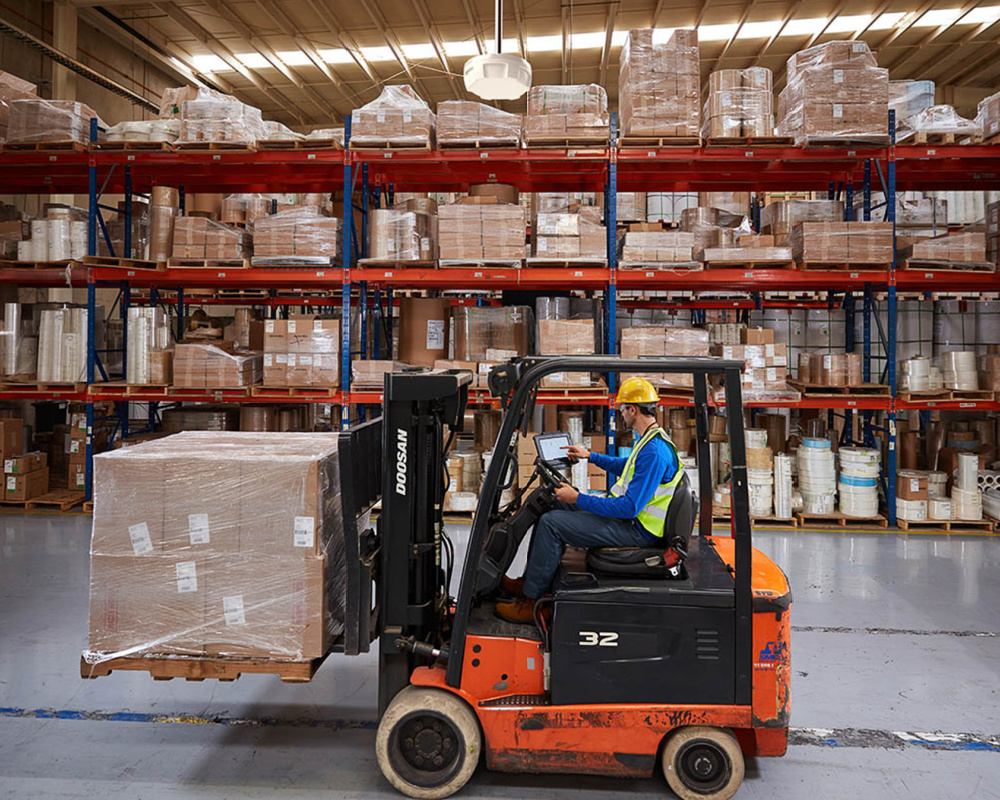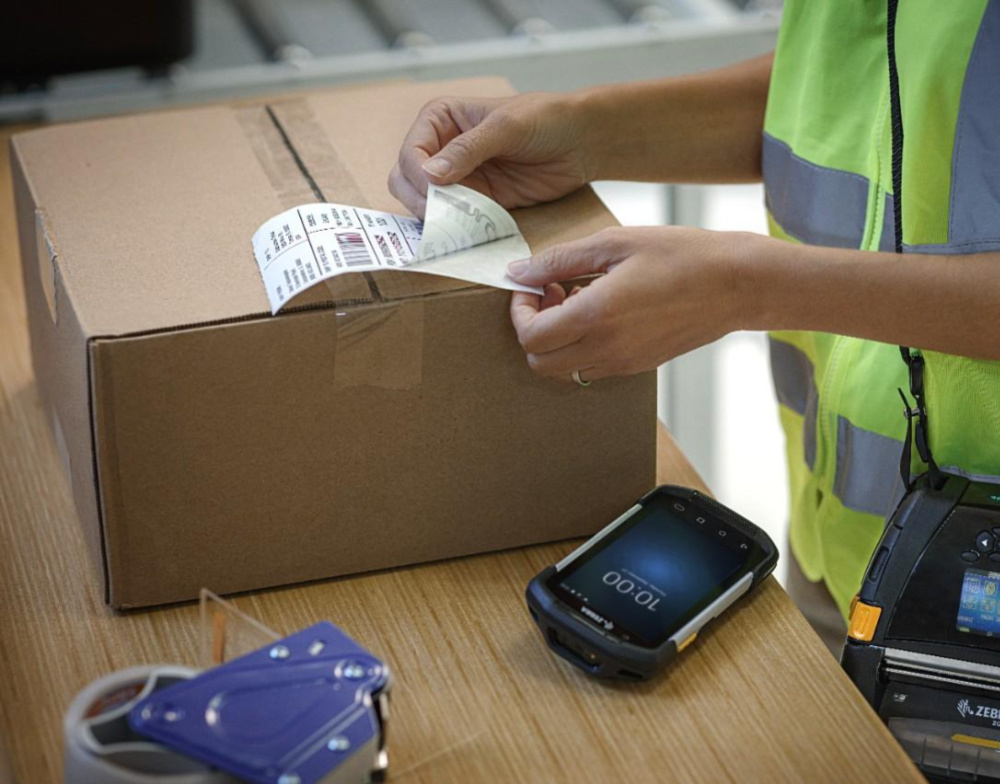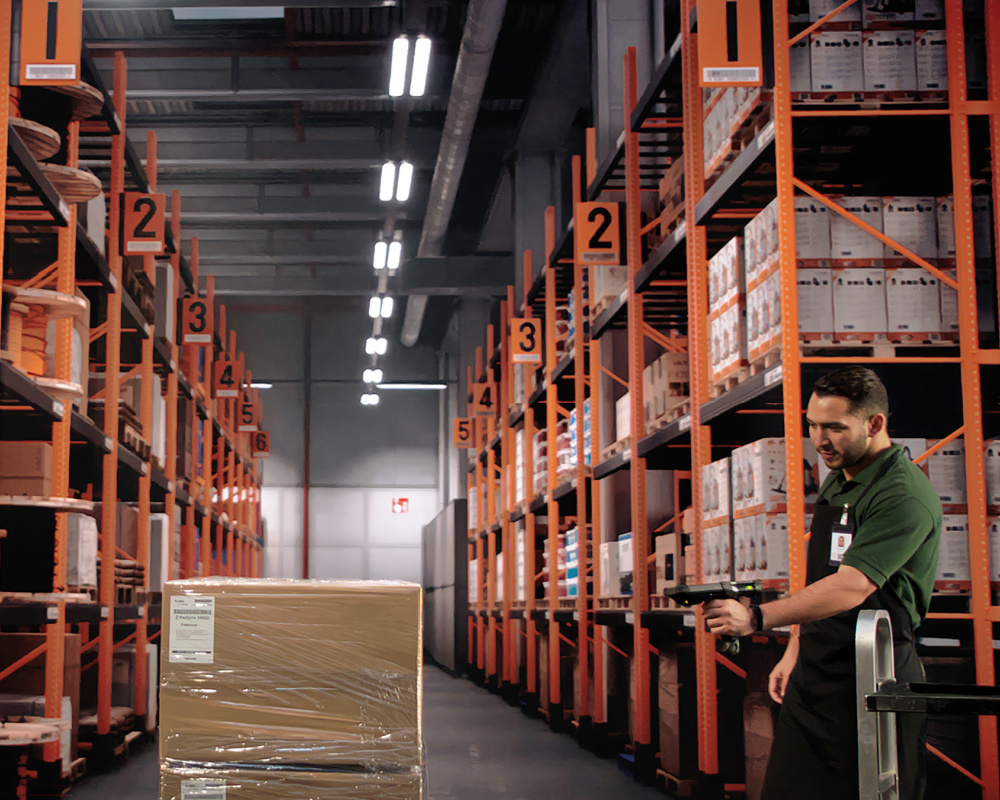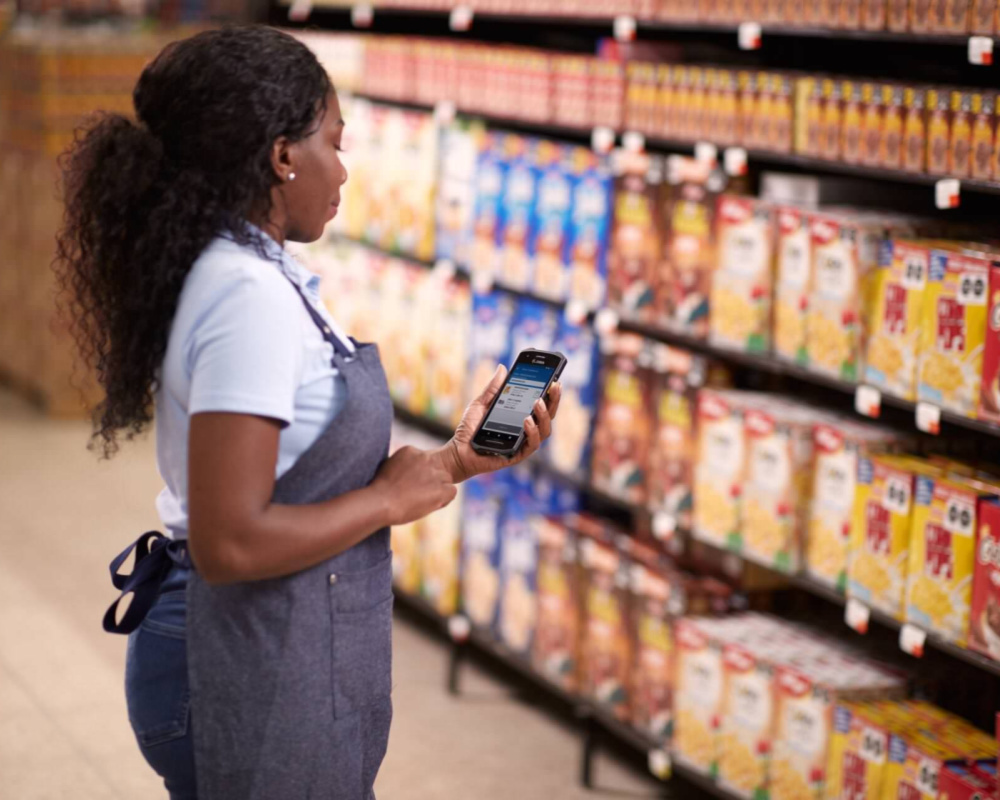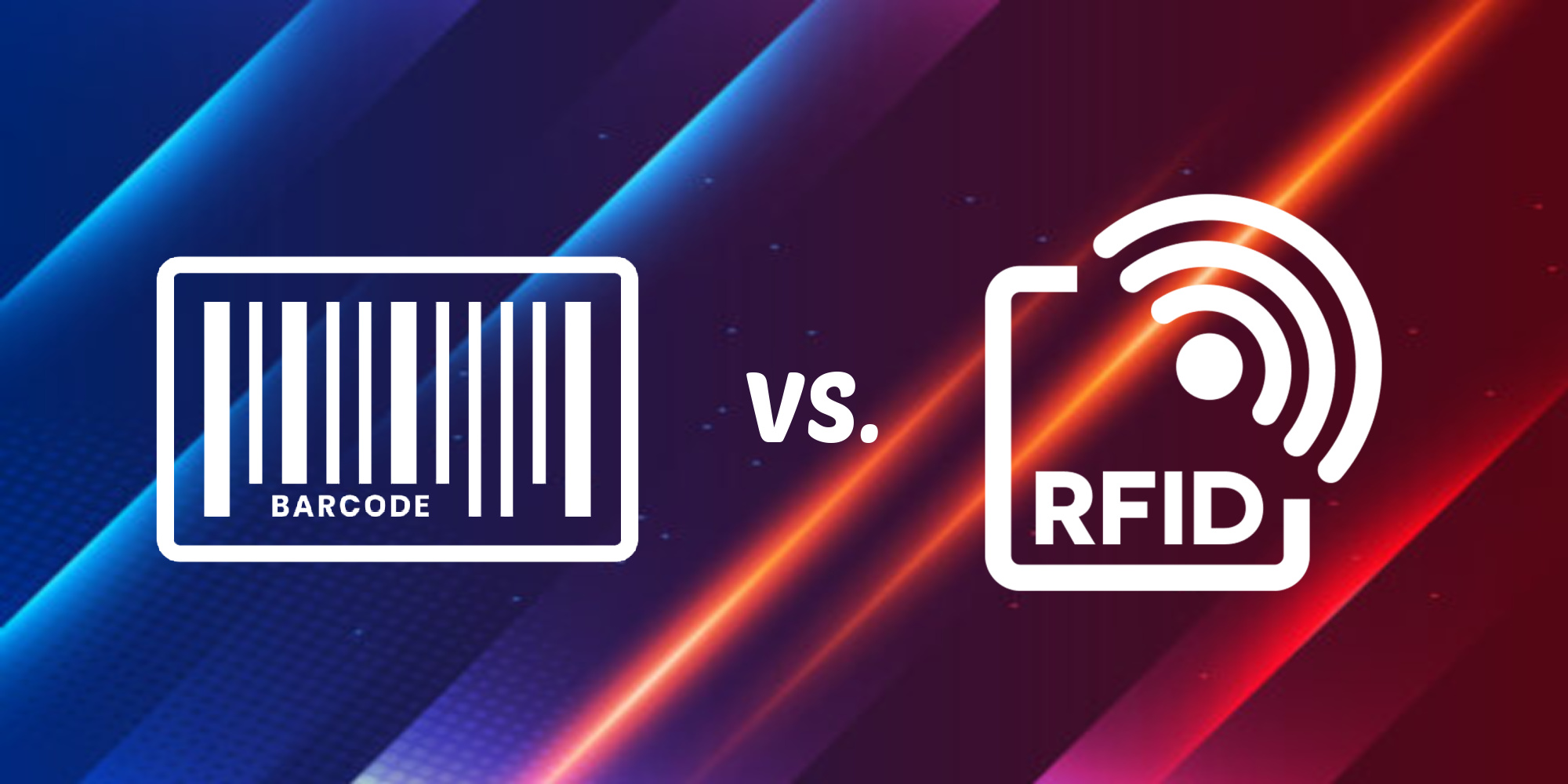
In the intricate landscape of Automatic Identification and Data Capture (AIDC) technologies, Barcode and Radio-Frequency Identification (RFID) stand out as prominent players, each offering unique capabilities suited for diverse applications. This article delves into the nuances that differentiate Barcode and RFID, explores the advantages inherent to each, and provides a detailed examination of use cases where their strengths shine.
Understanding the Basics
Barcode: A barcode is a visual representation of data usually composed of parallel lines, dots, or other geometric patterns. The information encoded in a barcode is captured by a scanner, which translates the visual pattern into readable data.
RFID: RFID, in contrast, is a wireless technology utilizing radio waves for communication between an RFID reader and an RFID tag. The tag contains electronic information, and upon interaction with the reader, this data is wirelessly transmitted.
Differences
1. Data Capture Method:
-
Barcode: Requires line-of-sight scanning, necessitating direct visibility for data capture.
-
RFID: Functions without direct line-of-sight, allowing for non-contact and simultaneous data capture of multiple items.
2. Read Range:
-
Barcode: Limited to close proximity, requiring individual scanning of each barcode.
-
RFID: Offers varying read ranges, from a few centimeters to several meters, facilitating rapid and simultaneous data capture.
3. Data Capacity:
-
Barcode: Limited data capacity, typically encoding a few dozen characters.
-
RFID: Higher data capacity, capable of storing unique identifiers and additional information for each tag.
4. Durability:
-
Barcode: Susceptible to wear and tear, necessitating a clean and intact surface for effective scanning.
-
RFID: More durable, as tags can be embedded in materials or encased for protection, making them suitable for challenging environments.
5. Speed of Operation:
-
Barcode: Sequential scanning of individual items, potentially time-consuming for large volumes.
-
RFID: Rapid and simultaneous data capture, enhancing efficiency in high-volume and dynamic operational settings.
-
Advantages
Use Cases
Which Solutions Should You Choose?
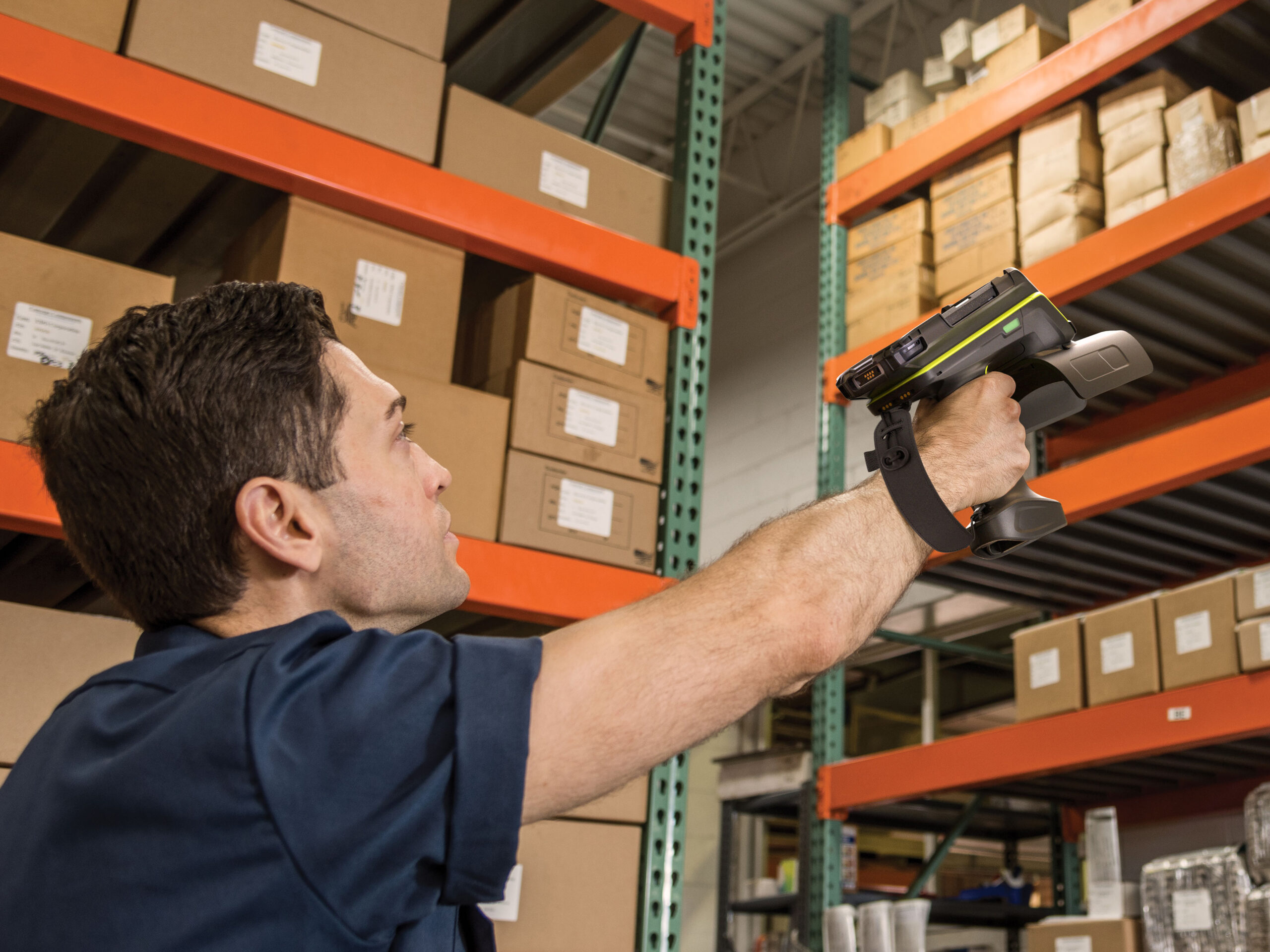
Explore The Power of RFID Technology
Radio Frequency Identification (RFID) is the wireless non-contact use of radio frequency waves to transfer data using tags, readers, and antennas, in an effort to automatically and uniquely identify and track inventory and assets. RFID takes auto-ID technology to the next level by allowing tags to be read without a line of sight and, depending on the type of RFID, having a read range between a few centimeters to over 20+ meters.
We’re Here to Help
Contact us to Start the Modernization Process
Looking for more information about a specific technology solution? Feel free to ask us about pricing, data sheets, and demos, or schedule a free in-person/online consultation for strategic guidance from one of our experts.
Fill out the inquiry form or contact us to start the process.
Barcode vs. RFID Barcode vs. RFID Barcode vs. RFID Barcode vs. RFID Barcode vs. RFID

